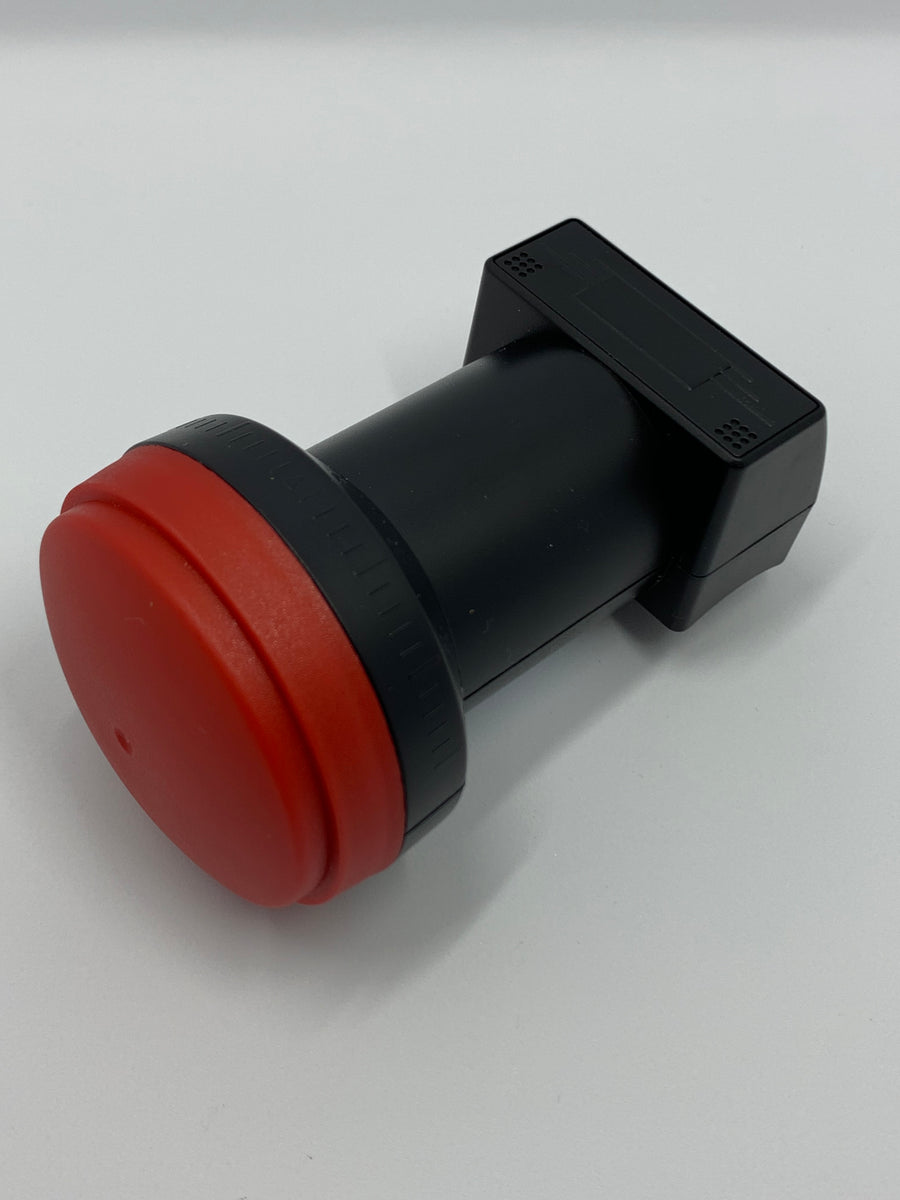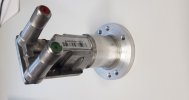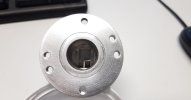s-band
Member
- Joined
- Feb 7, 2016
- Messages
- 1,242
- Reaction score
- 1,986
- Points
- 113
- My Satellite Setup
-
1.5m IRTE PF, Invacom SNF-031, TBS6983,
Various L, S, C, X & Ka bits. 1.2m S/X/Ku/Ka Prodelin on Az-El (being refurbished), 1.8m Precision PF with Bullseye Ku LNB or various C & X bits
- My Location
- Essex
I carried out some tests to compare a Bullseye LNBF with a SMW Q-PLL Type C on a 1.8m PF dish.
 SMW Q-PLL Type C on IRTE C120 adapter
SMW Q-PLL Type C on IRTE C120 adapter
 Bullseye LNBF with feed removed fitted to C120 flange from Invacon LNB
Bullseye LNBF with feed removed fitted to C120 flange from Invacon LNB
The plots here used Crazyscan's blind scan 1 with 2MHz steps. This gives more repeatable results than BS2 but doesn't catch all signals. I would normally compare systems using Sun noise but the tracking dish is out of use at the moment. Notes:




 SMW Q-PLL Type C on IRTE C120 adapter
SMW Q-PLL Type C on IRTE C120 adapter Bullseye LNBF with feed removed fitted to C120 flange from Invacon LNB
Bullseye LNBF with feed removed fitted to C120 flange from Invacon LNBThe plots here used Crazyscan's blind scan 1 with 2MHz steps. This gives more repeatable results than BS2 but doesn't catch all signals. I would normally compare systems using Sun noise but the tracking dish is out of use at the moment. Notes:
- Cloud cover changes resulted in 0.5dB variations, maybe more.
- 7E chosen as it was of interest at the time
- 10804 and 10845H give random values sometimes
- Skew set by nulling beacons. SMW had >32dB X polar rejection and Bullseye <27dB
- 10720H varied by the most with varying cloud (to be expected)
- Number of feeds varied through day
- Might be better to do 7W as that has most low level signals
- High SNR signals give poor indication of differences as 1dB RF change results in <<1dB SNR change when > about 15dB SNR.
- BS1 used with 2 MHz steps, BS1 & BS2 scans saved as .ini








 .
.![20240909_074140[1].jpg](/data/attachments/143/143296-e520b995c2a68dd182983d77d7c94bd8.jpg)
![20240909_074132[1].jpg](/data/attachments/143/143297-f5859ef3385f3e63c3316ac76a27b899.jpg)